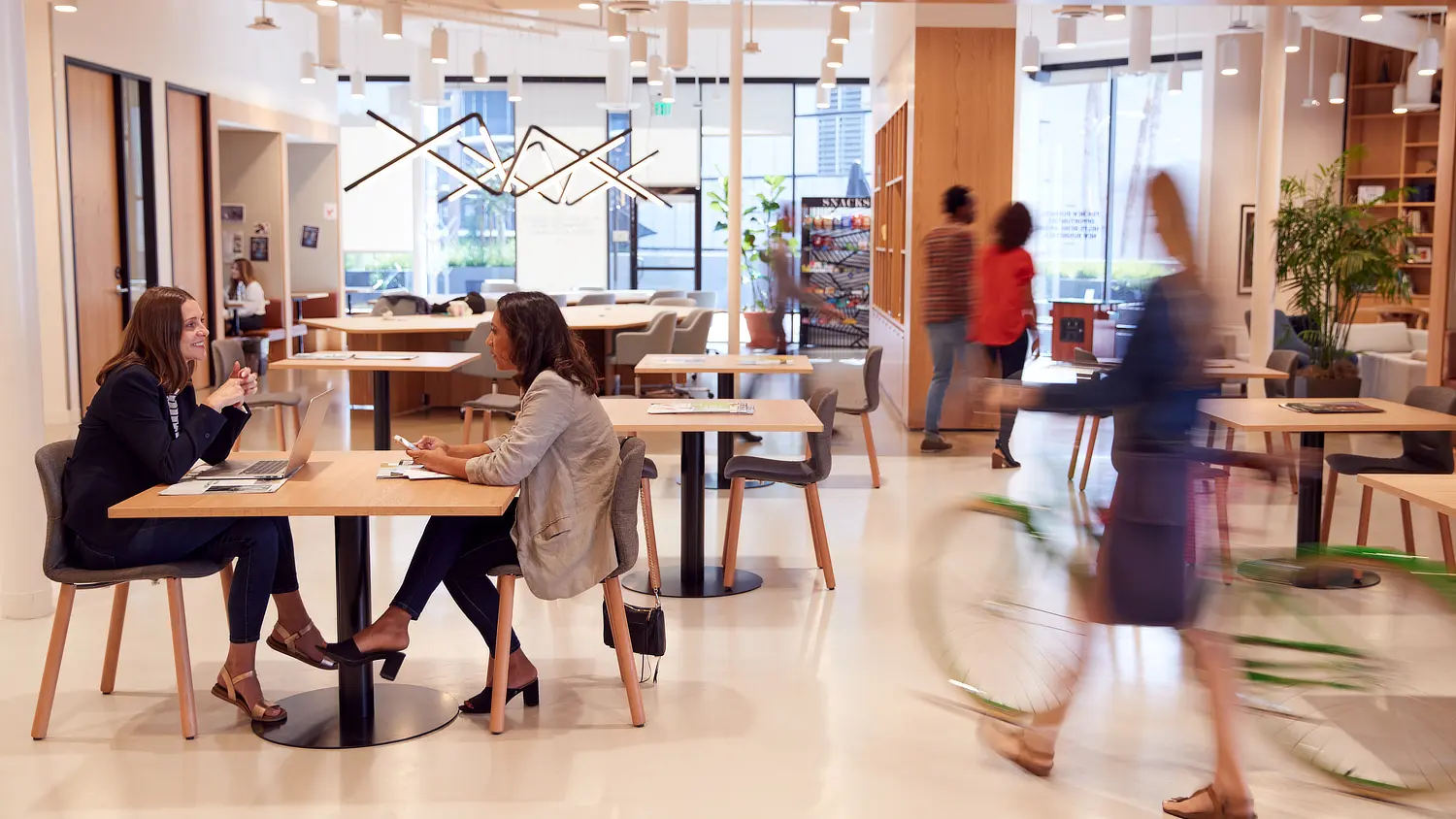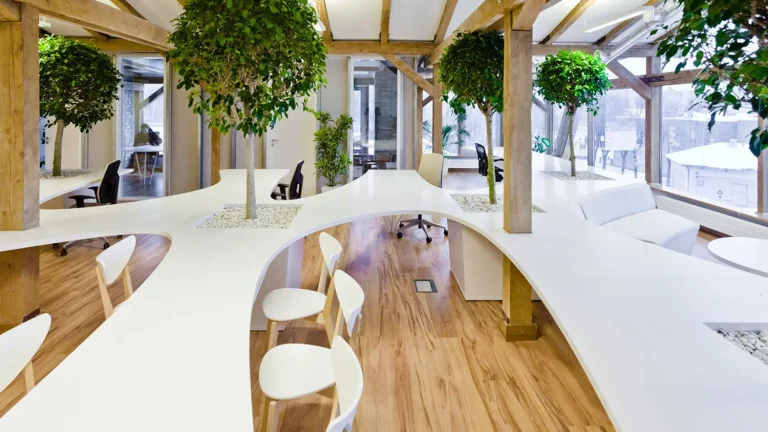In an era where education is rapidly evolving, the design of higher education spaces is shifting to a more human-centric and user-led model. Gone are the days of stiff podiums and static lecture halls. Today, the focus is on creating dynamic, flexible environments that centre on the student’s experience, promoting better engagement and learning outcomes.
Embracing Flexibility
Modern education spaces discard rigid layouts for adaptable designs. Sliding walls, modular furniture, and versatile workspaces allow for easy transitions between different teaching modes—from lectures to workshops and social gatherings. This flexibility not only caters to various learning styles but also fosters creativity and collaboration among students.
Promoting Interaction through Zoning
Effective learning environments also incorporate zoning to support diverse educational activities. Spaces are delineated not just by physical barriers like furniture and panels but also through strategic use of color and texture, which guide and enhance the learning journey. These zones range from collaborative group areas to quiet zones for individual study, each designed to optimise the academic experience.
The Power of Design Elements
Key design elements play critical roles in shaping these educational spaces:
- Colour and Materiality: These not only define spaces but also influence mood and energy levels, enhancing concentration or providing calm.
- Open and Flowing Spaces: Research suggests that open, naturally lit spaces with elements like high ceilings and curvilinear forms improve focus and inspire students.
- Connection with Nature: Integrating natural light and elements of nature into learning environments boosts well-being and academic performance.
Building Community and Enhancing Connectivity
Higher education is not just about individual learning but also about building community and networks. Designing communal spaces that encourage interaction and foster a sense of belonging is crucial. Additionally, ensuring seamless digital connectivity across the campus supports a hybrid learning model, allowing students to engage and access resources from anywhere at any time.
Prioritising Comfort and Environmental Quality
Comfort is fundamental in educational settings. Ergonomically designed furniture, optimal lighting, and good acoustics help maintain focus and reduce stress. Beyond comfort, air quality and environmental conditions significantly impact health and learning efficacy, making natural ventilation and indoor environmental quality essential features of modern educational designs.
Looking Ahead
As higher education continues to expand beyond traditional campus settings into urban centres, the challenge is to adapt these design principles to fit new contexts. The goal remains to create vibrant, effective, and aesthetically pleasing educational spaces that meet the evolving needs of students and educators alike.
By transforming higher education environments, institutions are not just enhancing learning today—they are paving the way for future generations of learners to thrive in spaces designed for their success.



